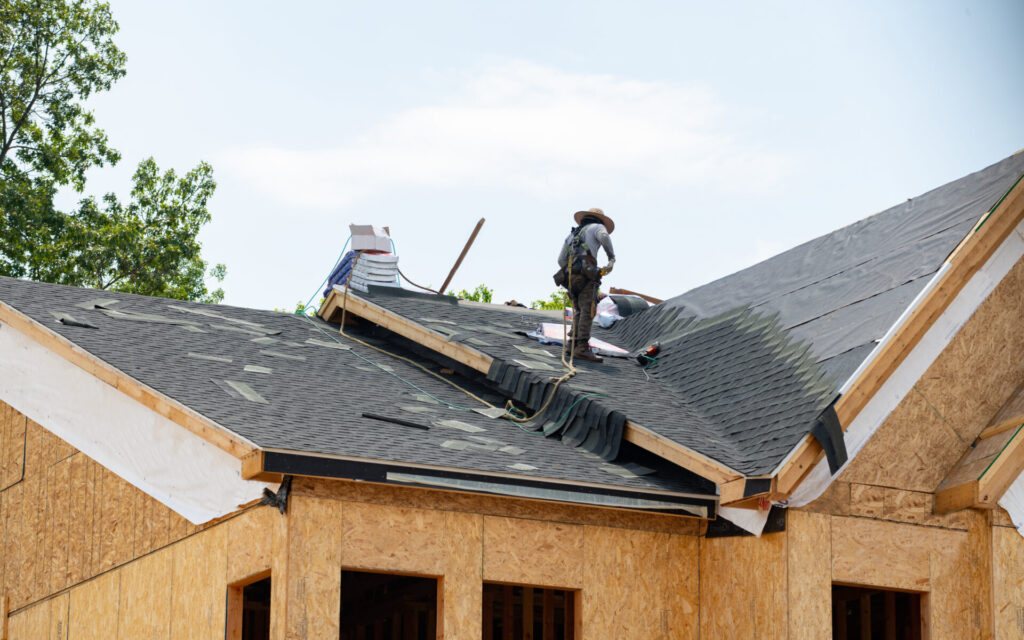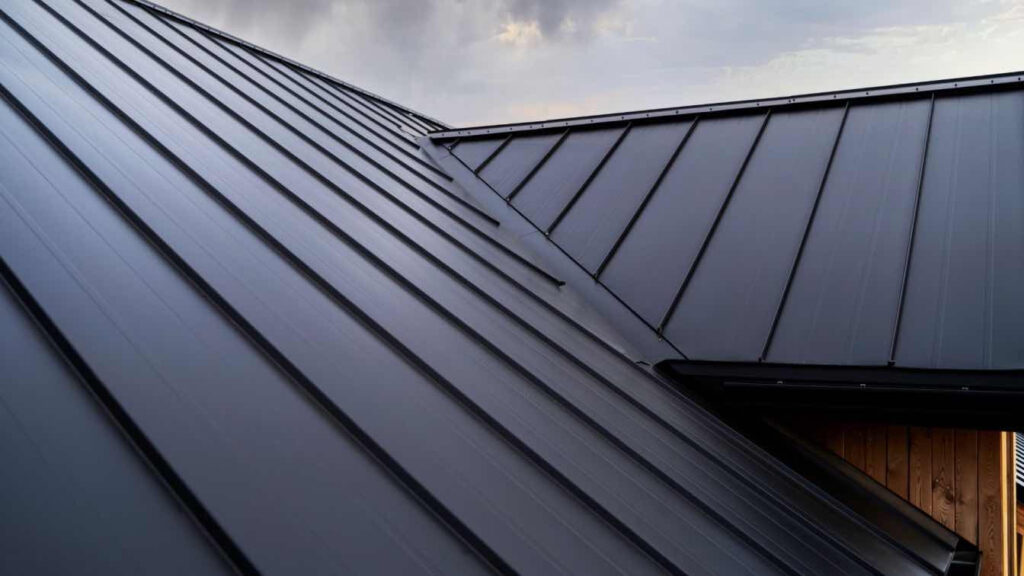
The installation process of built-up roofing is a crucial aspect for homeowners considering this durable roofing option.Built-up roofing, often referred to as BUR, consists of multiple layers of materials that provide excellent protection against the elements. Understanding the installation process can help homeowners ensure a successful application and longevity of their roof.
Preparation Phase: Assessing the Roof Structure Before Installation to Ensure a Solid Foundation
Before beginning the installation process of built-up roofing, it is essential to assess the existing roof structure. Homeowners should inspect for any damage or deterioration that may affect the new roofing system. Proper preparation ensures a solid foundation for the built-up roofing layers. Additionally, the roof should be cleaned thoroughly to remove any debris or contaminants that could compromise adhesion.
Choosing the Right Materials for Built-Up Roofing: Key Components for a Successful Installation
Selecting the appropriate materials is a vital part of the installation process of built-up roofing.
Typically, built-up roofing consists of layers of bitumen and reinforcing fabrics.
Homeowners can choose between asphalt or coal tar for the bitumen, depending on their specific needs.
The reinforcing fabrics, such as fiberglass or polyester, provide added strength and durability.
Key components to consider include:
- Bitumen Type: Choosing between asphalt or coal tar based on climate and budget.
- Reinforcing Fabrics: Opting for fiberglass or polyester for added durability.
- Surface Layer: Selecting gravel or reflective coating for UV protection and aesthetics.
Layering Process: Applying the Built-Up Roofing System with Precision and Care
The layering process is a defining feature of built-up roofing. This system involves applying alternating layers of bitumen and reinforcing materials. Typically, three to five layers are used, depending on the desired durability and climate conditions. Each layer must be allowed to cure properly before the next is applied to ensure optimal adhesion. Attention to detail during this process is critical for achieving a robust roofing system.
Finishing Touches: Ensuring Proper Drainage and Sealing for Long-Term Performance
Once the layers are in place, the installation process of built-up roofing requires attention to drainage. Proper drainage is critical to prevent water pooling, which can lead to leaks and damage. Homeowners should ensure that all seams and edges are adequately sealed to enhance waterproofing. A final layer of gravel or a reflective coating can be added for additional protection and UV resistance.
Post-Installation Care: Essential Maintenance Tips for Longevity of Built-Up Roofing
After completing the installation process of built-up roofing, homeowners should consider maintenance practices. Regular inspections can help identify any issues before they escalate. Cleaning the roof periodically is essential to prevent debris buildup that can obstruct drainage. Additionally, addressing any minor repairs promptly can extend the lifespan of the roofing system. Key maintenance tips include:
- Routine Inspections: Checking for damage or wear at least twice a year.
- Debris Removal: Clearing leaves and other debris to maintain proper drainage.
- Sealing Joints: Inspecting and resealing seams as needed to prevent leaks.
Final Thoughts on the Installation Process of Built-Up Roofing: Making Informed Choices for Your Home
The installation process of built-up roofing is a detailed and structured approach that offers long-lasting protection. Homeowners should pay careful attention to each step, from preparation to maintenance, to ensure a successful outcome. Consulting with roofing professionals can provide valuable insights and expertise throughout the process.
Seek Professional Assistance for Your Built-Up Roofing Installation to Ensure Quality and Reliability
For those considering built-up roofing, it is advisable to consult with experienced roofing contractors.
These professionals can guide homeowners through the installation process and ensure quality workmanship. Taking the time to seek expert assistance can lead to a durable and reliable roofing solution.
